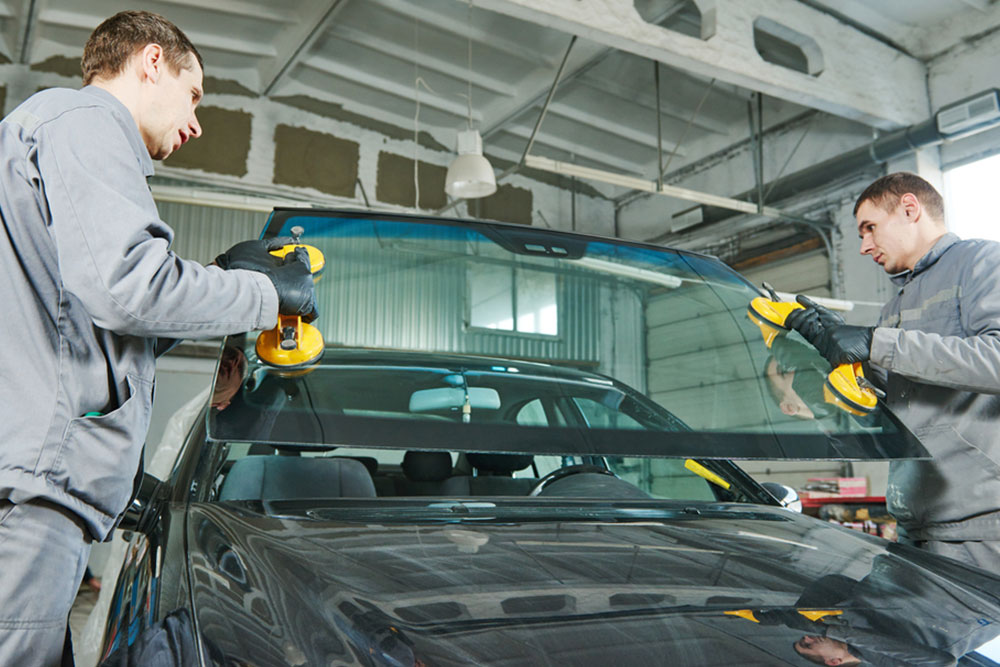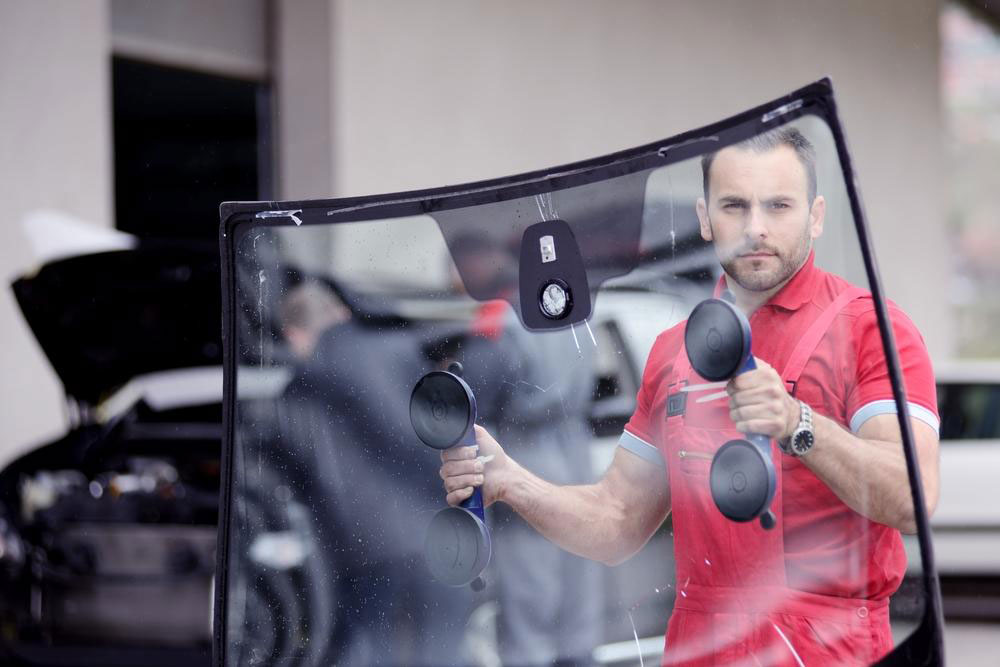Types of Vehicle Windscreens: Laminated and Tempered Options
Discover the main types of vehicle windscreens—laminated and tempered—designed for safety and durability. Laminated windscreens bond glass layers with plastic for impact resistance, UV reduction, and easy repair, while tempered glass offers strength and shatter benefits but is unreparable once broken. Learn which option suits your vehicle best.
Sponsored

Different Types of Windscreens for Vehicles
Modern vehicle windscreens are engineered to be safer and more manageable than traditional glass versions. Standard glass is fragile and can shatter easily from minor impacts, risking serious injuries from flying shards. To address this, current windscreens incorporate a plastic cellulose layer between glass sheets, shaping a resilient and shatter-resistant barrier. Vehicle windscreens are primarily categorized into two types, each offering distinct benefits and drawbacks.
Laminated Windscreens: Laminated glass involves bonding multiple glass layers with a plastic resin called polyvinyl butyral through heat and pressure. This fusion creates a sturdy, single-piece shield that prevents shards from flying on impact, offering enhanced safety and durability. Additionally, laminated windscreens reduce UV exposure, are easier to repair minor damages on, and can be customized to fit modern vehicle designs.
This type of windscreen also acts as a cushion, protecting occupants from ejection in severe collisions. Because the plastic layer holds shattered fragments together, it minimizes risks of injury. Laminated windscreens are widely favored for their safety features, flexibility for design, and ease of repair, making them a preferred choice for many modern vehicles.
Tempered Windscreens: Tempered glass is treated through rapid heating and cooling, which significantly strengthens the material. During manufacturing, the glass is quickly heated and then cooled with cold air, creating internal stresses that enhance its robustness. While tempered glass can shatter upon impact, it breaks into large, rounded pieces rather than sharp shards, reducing injury risk. This process also improves heat resistance. However, once shattered, it cannot be easily repaired, unlike laminated types.
Explore leading windshield brands to find durable, cost-effective options that fit your needs.





